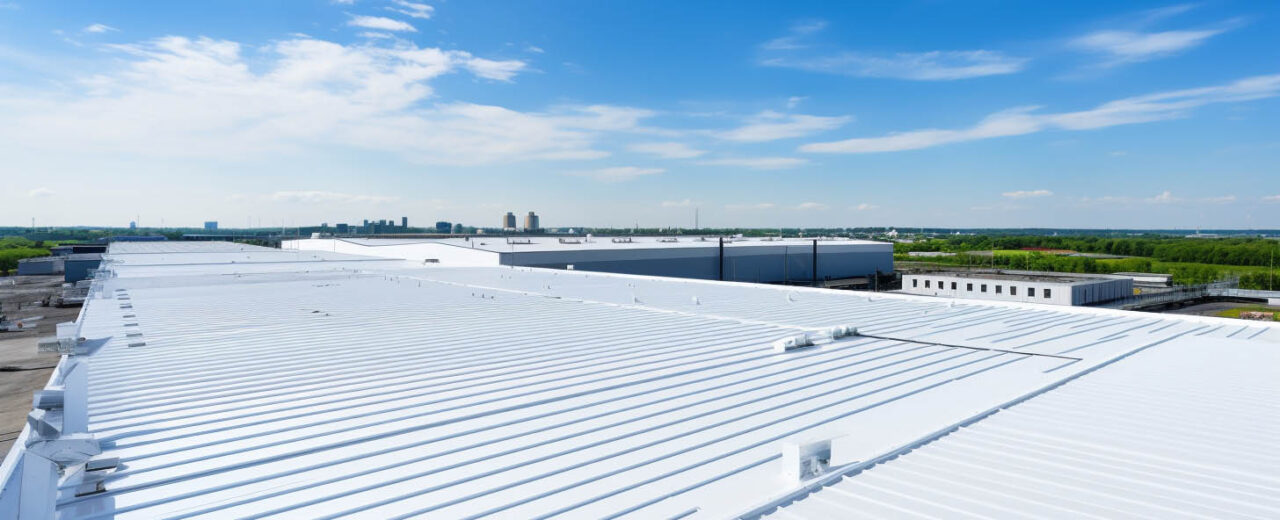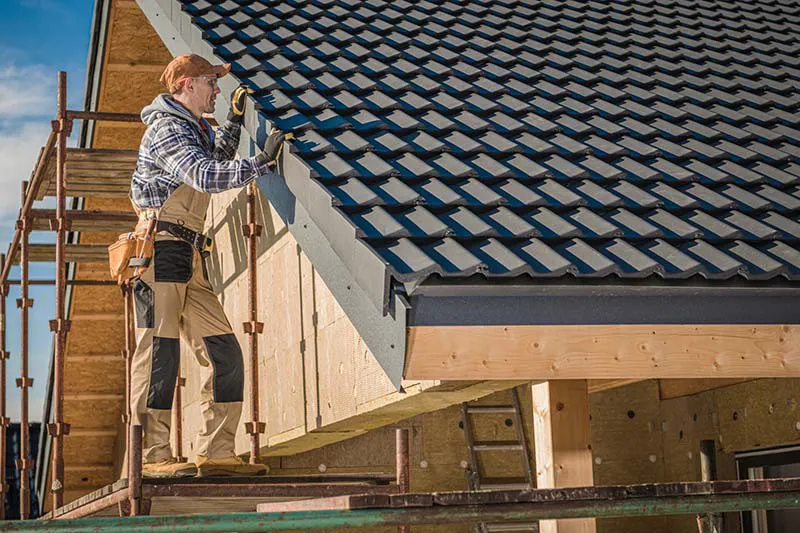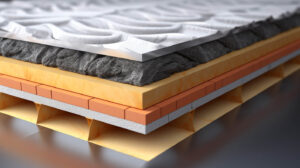Roof coatings have been an integral part of architectural history, offering protection and aesthetic appeal to structures for millennia. Their evolution is a testament to human ingenuity and the relentless pursuit of better construction materials.
The Modern Definition of Roof Coatings
A roof coating in today’s context is a monolithic, fluid-applied roofing membrane. Predominantly elastomeric in nature, these coatings can stretch and revert to their original form without incurring damage. They serve as the primary shield against various environmental factors like sunlight, rain, hail, and physical wear and tear. This protective layer is crucial, especially in regions that face extreme weather fluctuations.
Tracing Back to Ancient Times
The use of cold-process coatings can be traced back to 3000 BC. Early Egyptian structures utilized varnishes and enamels made from beeswax, gelatin, and clay. They also employed a combination of pitch and balsam to waterproof their wooden vessels. By 1000 BC, they had developed varnishes using gum Arabic.
Moving eastward, by the 2nd century BC, ancient Asian civilizations were already using lacquers and varnishes. Structures across China, Japan, and Korea were adorned with these protective layers. Meanwhile, the Greeks and Romans were not far behind, applying coatings to their homes, vessels, and artworks for both protection and aesthetic purposes.
Technological Milestones in Roof Coatings
Roof coatings have undergone significant technological advancements over the centuries. By the latter half of the 17th century, German chemists began experimenting with coal tar as a protective layer for wood and ropes. The 19th and early 20th centuries saw the introduction of new organic, inorganic, and synthetic materials in coatings. This era also witnessed the transition from tar to asphalt and from rag felt to fiberglass mat, leading to the development of the modern Built-Up Roof (BUR).
The mid-20th century marked a pivotal moment in roofing materials with the introduction of emulsion polymers. Not all polymers are created equal, and chemists have dedicated years to understanding the best applications for each type. For instance, while Plexiglas, made from polymers, is known for its impact resistance, it’s not suitable for roofing due to its inability to meet reflectivity requirements and withstand long-term elemental exposure.
The 1950s saw the discovery that acrylic polymers offered superior adhesion to roofing substrates. These polymers were later incorporated into waterborne emulsions in the 1970s, leading to the creation of acrylic latex waterborne house paints. Over time, these formulas were refined to produce durable and reflective roof coatings that have become the industry standard.
The Roofing Center’s Commitment to Excellence
At The Roofing Center, we understand the importance of quality roofing service in Fort Collins CO. With a rich history of serving the community, we pride ourselves on being one of the leading Fort Collins roofing companies. Our expertise in roofing in Fort Collins ensures that our clients receive the best solutions tailored to their needs.
In conclusion
Roof coatings have come a long way from their ancient origins. Their evolution reflects humanity’s continuous efforts to improve and innovate. As we look to the future, it’s exciting to imagine the next chapter in the story of roof coatings and how companies like The Roofing Center will continue to play a pivotal role in shaping it.
>







